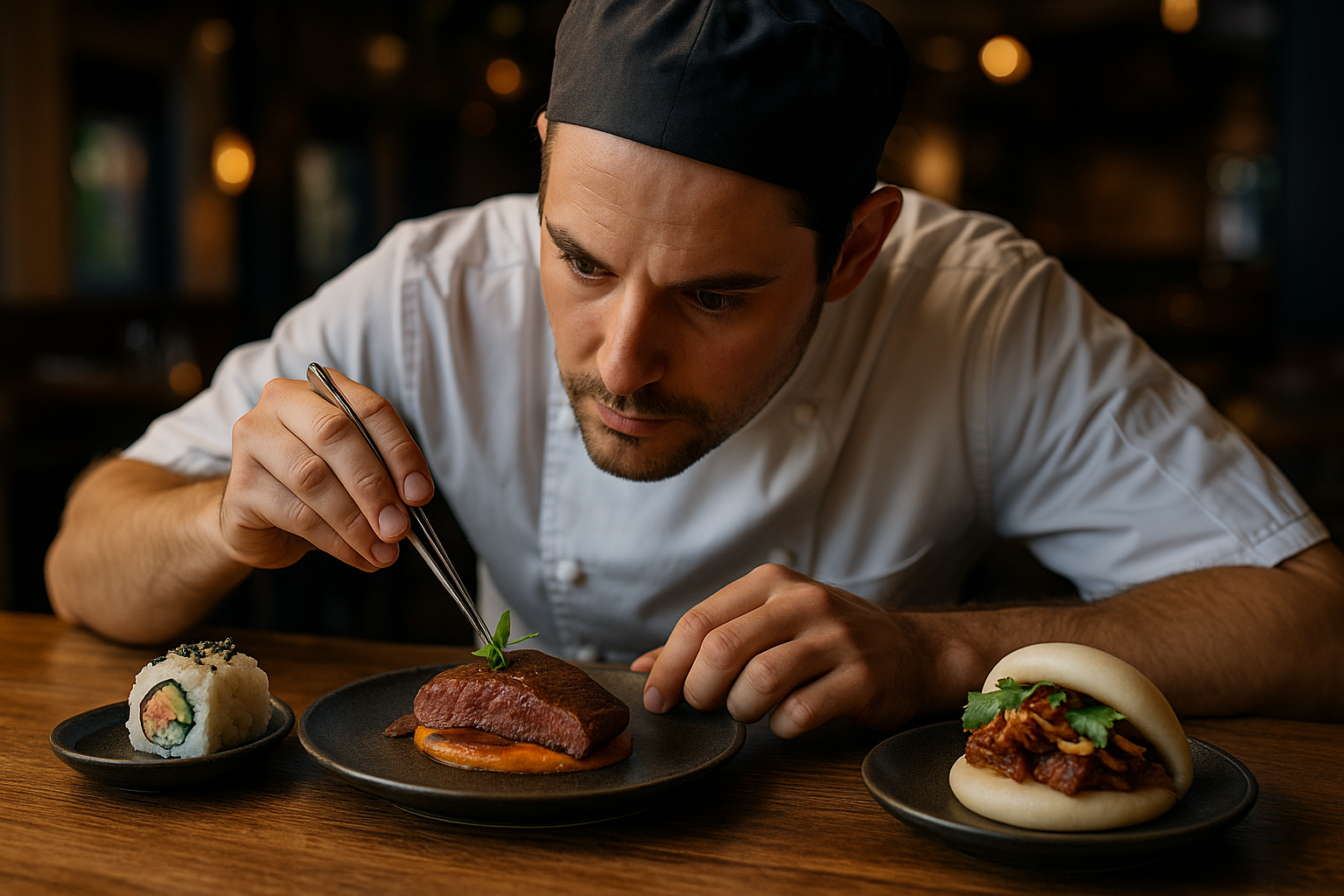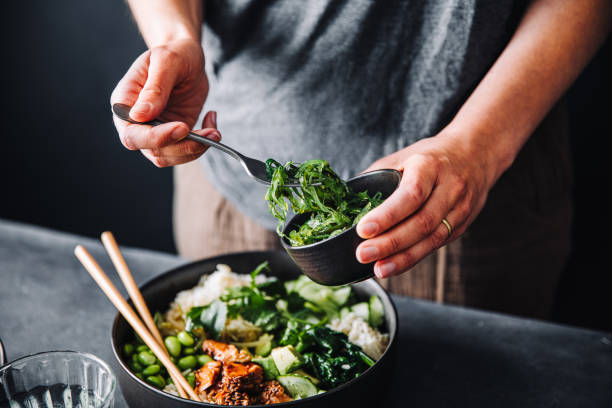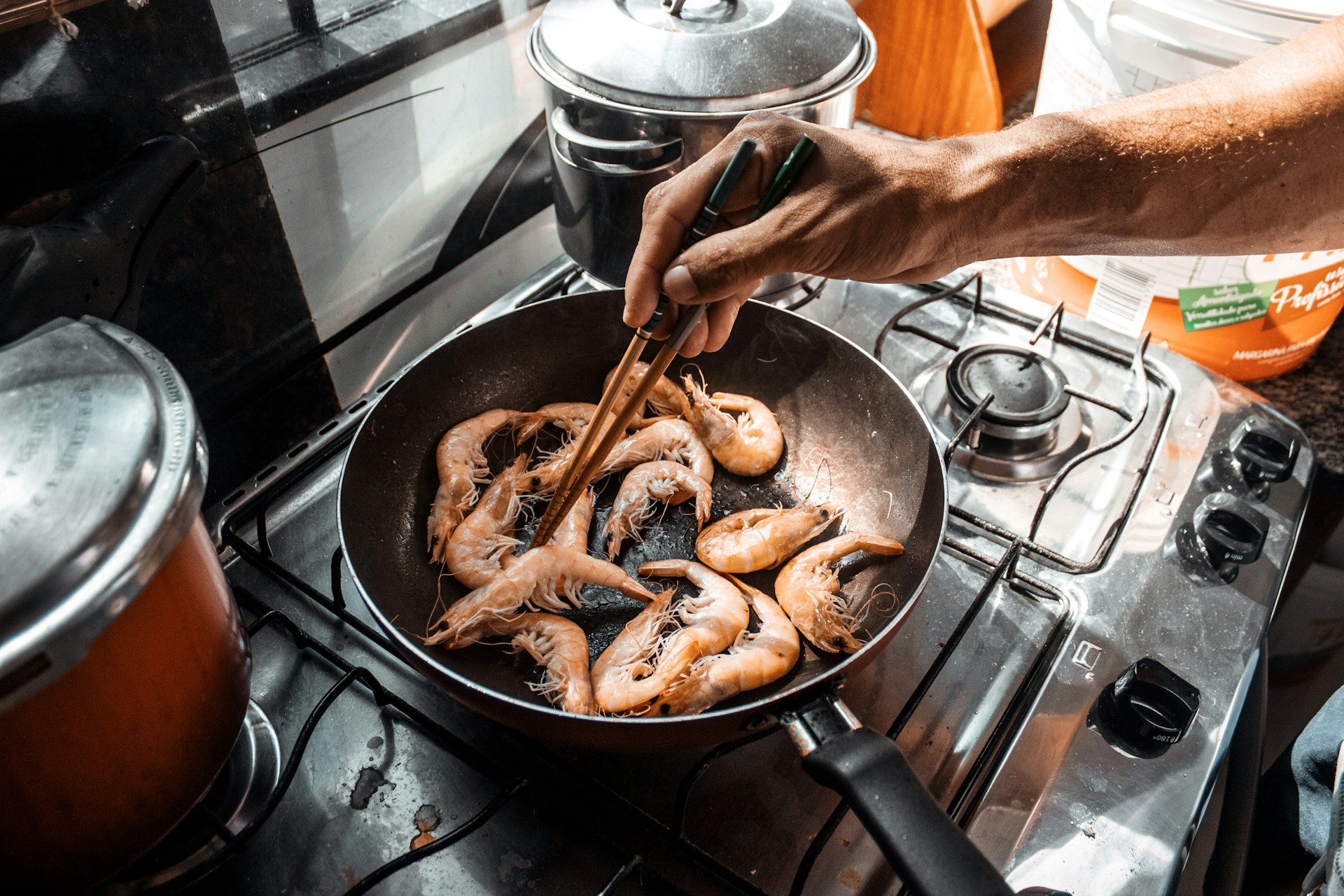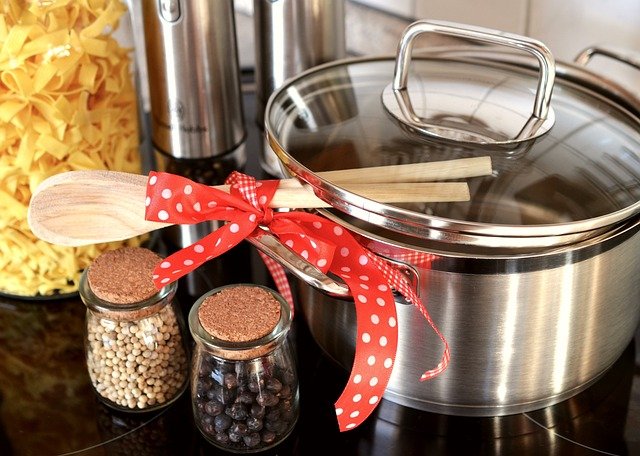Food Safety Protocols for Public Events
Ensuring food safety at public events requires coordinated planning across menu choices, staffing, logistics and presentation. This article outlines practical protocols for handling procurement, managing allergies, controlling temperatures, and designing workflows that scale for different event sizes. It also touches on sustainability, seasonality, beverage service, and how technology can support consistent safety practices.

This article is for informational purposes only and should not be considered medical advice. Please consult a qualified healthcare professional for personalized guidance and treatment.
How does menu planning affect safety and seasonality?
Menu decisions shape many safety outcomes at events. Choosing dishes that reflect seasonality can reduce spoilage risk by relying on fresher ingredients and shorter supply chains, while simpler menus reduce on-site handling and cross-contamination potential. When designing a menu, prioritize items that travel well and maintain safe temperatures, and clearly document ingredient lists for procurement and staff briefings. Consider plating and presentation methods that minimize guest handling and that keep hot foods hot and cold foods cold during service.
Menu choices also affect allergen risk. Standardize recipes, label items clearly, and maintain separation of allergen-free stations to reduce errors. Train staff to answer questions about ingredients confidently and to follow strict substitution procedures to avoid accidental exposures.
What staffing and workflow practices ensure safety?
Staffing plans must align with expected guest volumes so that workflow remains controlled. Define roles clearly—food handlers, temperature monitors, servers, and supervisors—and build redundancy so a single absentee doesn’t undermine safety. Effective workflows map each task from receiving and storage through plating and transport, with checkpoints for hygiene, handwashing, and glove changes. Use short, repeated training sessions before events to reinforce critical protocols, and document responsibilities in a simple checklist that follows the event timeline.
Workflows should factor in breaks, shift changes, and peak service times so staffing levels do not drop below safe thresholds. This reduces rushed practices that cause mistakes in handling and presentation.
How do logistics and procurement support event safety?
Procurement strategies influence the risk profile of an event. Source from reliable suppliers and inspect deliveries on arrival for temperature, packaging integrity, and accurate labeling. Local services can reduce transit time and exposure, improving freshness and lowering the chance of temperature abuse. Maintain a receiving log and clear chain-of-custody for high-risk items like dairy, seafood, and prepared salads.
Logistics extend to transport and storage: use insulated containers, calibrated thermometers, and monitored refrigeration during transit. Coordinate with venue teams early to ensure adequate storage space and access to utilities for safe holding until service.
How are allergies, plating, and presentation managed?
Allergies require explicit protocols: keep separate prep zones, dedicated utensils, and clear labeling for common allergens. Train servers to confirm allergen needs at point of sale or registration and to follow escalation steps if a guest reports a severe allergy. Presentation choices—such as single-serve plating or sealed packages—can significantly reduce cross-contact compared with buffet-style setups.
Plating should prioritize portion control and sanitary transfer methods that limit staff handling. Use disposable or dedicated serving tools, and place allergen-free items in clearly marked areas to aid both staff and guests in identifying safe choices.
What roles do beverages, technology, and scalability play?
Beverage service brings distinct safety considerations: maintain separate cooling for drinks, prevent mixing of alcoholic and non-alcoholic lines where cross-contamination might occur, and manage ice provenance to avoid microbial risks. Technology can assist by logging temperatures, controlling inventory, and providing digital checklists to enforce protocols consistently across multiple sites.
Scalability depends on repeatable processes: use standardized equipment, modular workflows, and cloud-based documentation so teams can scale up without compromising safety. Real-time communication tools help supervisors respond quickly to issues during events.
How can sustainability and cost control fit into protocols?
Sustainability and cost control can complement safety when approached thoughtfully. Choosing seasonal produce and local procurement reduces transport time and environmental impact while often lowering costs. Reusable equipment must be cleaned and sanitized properly; if resources for proper sanitization are limited, single-use certified materials may be the safer option despite higher waste. Include cost control measures that do not cut critical safety steps—investing in calibrated thermometers, trained staff, and reliable cold-chain solutions typically reduces waste and long-term liabilities.
Sustainable practices can also enhance safety by shortening supply chains and improving traceability, which helps during supplier quality issues or allergen incidents.
Conclusion
Creating robust food safety protocols for public events demands integrated planning across menu, staffing, procurement, logistics, and presentation. Attention to allergies, seasonality, and scalable workflows reduces risk, while technology and clear documentation support consistent execution. Combining safety with sustainability and prudent cost control leads to reliable operations that protect guests and staff alike.




